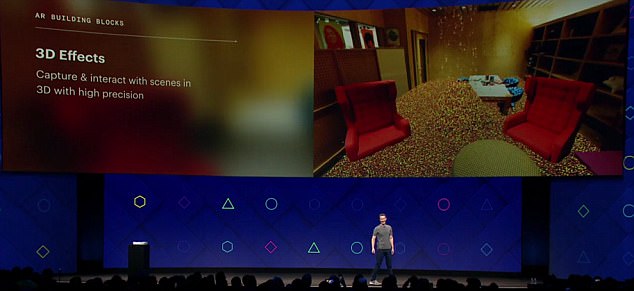An application for the patent filed previously this week has exposed that Facebook is busy on designing AR (augmented reality) glasses that might mix together digital objects with the physical space. As per a report in Quartz, Mark Zuckerberg, the CEO of Facebook, had earlier displayed images of analogous glasses, claiming that they might be the future of AR, but he did not expose that the firm was designing such an item.

The CEO of Facebook has been of the view that AR will be the subsequent huge platform of user tech post smartphones. “Imagine about how many of the stuff you use (that) do not essentially require being physical. You wish to play a board game? Puff!!!! And here is the board game,” Zuckerberg claimed to the media in an interview.
Oculus, the Facebook-owned company, is designing this tech, but it is not anticipated to be actually viable till the end of 2022. As per the reports, the application of patent refers couple of glasses with see-through displays for lenses, via which light might come in, scattering the light and refracting it into the eyes of a user. “The waveguide display may be comprised in an eye-wear including a display assembly and a frame that presents media to the eyes of a user,” the application of the patent allegedly cited.
In addition to this, Facebook will invest $750 Million in Central Ohio on a fresh information center, the firm declared this week marking one more improvement for the rising technology segment in the state. The 8.9-hectare (22-acre) information center will be fueled completely by renewable power. The biggest social media firm in the world tied up with a host of other dignitaries along with Republican Gov. John Kasich to declare that its 10th information center will be in just northeast of Columbus in New Albany.
It is anticipated to provide work for 100 individuals and will start offering services by the end of 2019. Director of data center development and strategy of the company, Rachel Peterson, claimed that various factors fascinated Facebook to the spot, comprising power and fiber infrastructure, livability, government support, and the accessibility of high-tech talent.
###